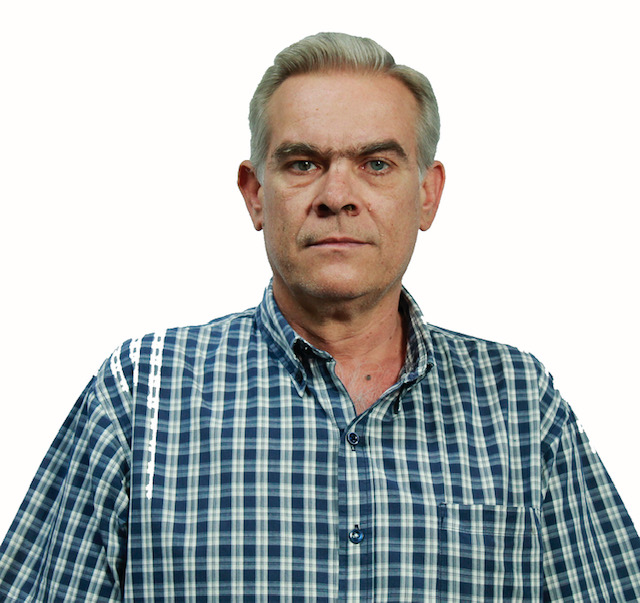Plaques unveiled in memory of doctors Javier de la Hidalga and Oleksandr Malik
Santa María Tonantzintla, Puebla, November 17, 2023. This day two plaques were unveiled in memory of doctors Javier de la Hidalga Wade and Oleksandr Malik, researchers from the Electronics Coordination of the National Institute of Astrophysics, Optics and Electronics (INAOE). ), center of Conahcyt. Both researchers died in 2021.

In an emotional ceremony, the plaques of both researchers were revealed on one of the walls of the upper floor of the MEMS Innovation Laboratory (LIMEMS) before a large group made up of researchers, technicians and students.
Dr. Luis Hernández Martínez, Electronics Coordinator, commented that the plaques are to pay tribute to both researchers, who left a deep mark on the Institute.

In turn, Dr. Alfonso Torres Jácome, INAOE researcher, remembered Drs. Javier de la Hidalga and Oleksandr Malik as great scientists, friends and human beings.

Dr. Francisco Javier de la Hidalga Wade (1966- 2021)
Javier de la Hidalga was born in 1966 in Puebla. He completed undergraduate studies at the Faculty of Physical-Mathematical Sciences of the Autonomous University of Puebla, today BUAP, from which he graduated in 1992.
In 1994 he obtained the degree of master of science with a specialty in Electronics at the INAOE and in 1998 the degree of doctor of science with a specialty in Electronics.
His research lines were behavior of semiconductor devices and circuits operating at very low temperatures, characterization and modeling of MOSFETs operating in the range of 4.2-350 K, modeling of thermoelectric effects, solid state refrigerators, energy harvesters, electromechanical effect systems. Joule, development of MOS technology based on high crystalline index silicon and research of materials for applications in radiation detectors at different wavelengths, especially in the optical and infrared ranges.
He was a teacher of many young people, supervised numerous postgraduate theses, published countless articles and led and/or participated together with researchers from Mexico, the United States and Canada in projects such as the development of a CMOS technology in high crystalline index silicon, the installation of the National Laboratory of Nanoelectronics and LIMEMS of the INAOE, magneto-quantum effects in silicon and silicon germanium, brain imaging using terahertz lasers and the study of monocrystalline silicon as an efficient light emitter.

Dr. Oleksandr Malik (1948- 2021)
Oleksandr Malik completed master's and doctoral studies in Semiconductor and Dielectric Physics at Chernivtsi University, Ukraine, in 1971 and 1980, respectively.
He specialized in metal oxide thin film technology and its applications used in optoelectronic devices during 30 years of scientific and industrial activity.
From 1996 to 1999 he worked in Portugal as a visiting scientist. Since 2000 he served as a senior researcher in the Electronics Coordination of the National Institute of Astrophysics, Optics and Electronics (INAOE). His activity was related to the development of new semiconductor materials and semiconductor detectors. O. Malik was the author of about 200 scientific articles. He was a senior member of the IEEE.

Luis Enrique Erro # 1, Tonantzintla, Puebla, México, Código Postal 72840, Tel: (222) 266.31.00, difusion@inaoep.mx
This work is licensed under a Creative Commons Attribution-NonCommercial-NoDerivs 2.5 Mexico License.


